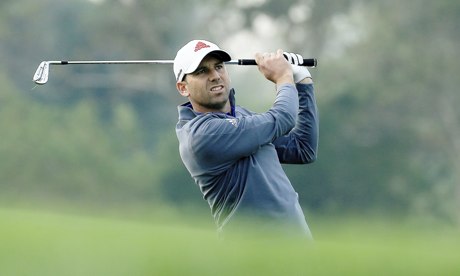Green Speeds And Pace Of Play, Gullane Edition
/Out watching Scottish Open opening day play, an odd thing happened: players routinely putted out 3-4 footers. The overall pace seemed brisk, but relaxed.
 Case in point: the group of Fowler, Donaldson and Poulter were at the 17th green. Both Donaldson and Fowler hit mediocre first putts, leaving 3-4 footers for par. Both briefly marked their ball, repositioned for alignment, then putted out.
Case in point: the group of Fowler, Donaldson and Poulter were at the 17th green. Both Donaldson and Fowler hit mediocre first putts, leaving 3-4 footers for par. Both briefly marked their ball, repositioned for alignment, then putted out.
This is hardly unique in the annals of golf, particularly on links. Except that such putting-out rarely happens any more due to professional event green speeds consistently in the Stimpmeter 12-foot range.
The green speeds at Gullane for round one? According to the European Tour course setup "table": 10 feet, 3 inches.
The "time par" for day one threesomes at Gullane was 4:20. That's about what it took the faster twosomes to get around Chambers Bay this year.
According to the European Tour's charts of player pace for round one, groups played in the 4:28 to 4:48 pace, with the final two threesomes of the day taking a very respectable 4:48. And that's with a few long walks between greens and tees, along with enough breeze to make things interesting (and some rough too).
The moral of the story? Green speeds impact pace of play, not to mention what they do for maintenance cost and architectural integrity.















